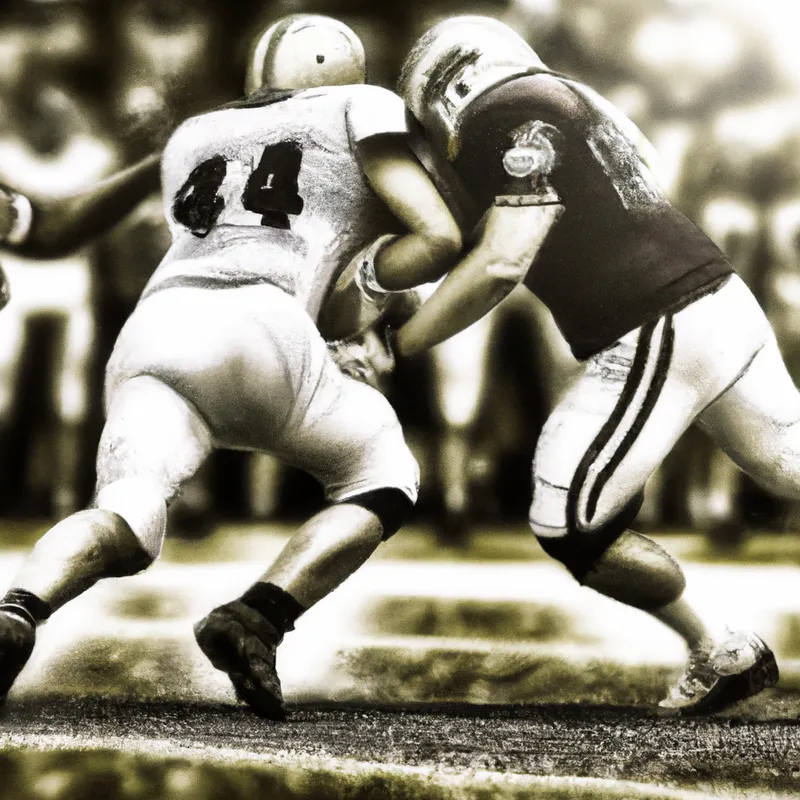Master the Art: Fullback Tactics in Football
The Role of the Fullback: A Dying Breed in Modern Football?
Modern football constantly evolves its tactical formations. Coaches and fans now scrutinize the fullback position, once considered vital. As formations change, fullbacks adapt. But do they risk becoming a dying breed? This article examines football’s changing landscape and the evolving fullback role.
The Changing Landscape of Football
Football’s tactical evolution reshapes many positions. In the past, fullbacks focused on defense, protecting flanks from opposing wingers. They marked, tackled, and cleared threats. However, evolving game expectations have changed their roles.
The Rise of Attacking Fullbacks
Today, teams expect fullbacks to contribute significantly to attacking play. Attacking fullbacks create goal-scoring opportunities, not just defend. Players like Trent Alexander-Arnold and Andrew Robertson exemplify this shift with pinpoint crosses and incisive passes.
These attacking fullbacks prove essential in formations like 4-3-3 and 3-5-2. Their overlaps with wingers create attacking options and stretch the opposition’s defense. This evolution demands both defensive skills and offensive creativity.
Defensive Responsibilities Still Matter
Despite the focus on attack, fullbacks’ defensive duties remain crucial. They balance attacking contributions with their primary role as defenders. Modern fullbacks tackle speedy wingers while quickly transitioning back to defense after losing possession.
This dual responsibility presents challenges. The modern fullback needs stamina, technical proficiency, tactical awareness, and communication skills. Those excelling in these areas can significantly influence match outcomes.
Tips for Developing a Modern Fullback
Coaches and aspiring fullbacks should focus on key development areas. Here are tips to help players succeed:
1. Improve Your Stamina
Fullbacks cover significant ground during matches. They sprint up and down flanks for both defense and attack. Building endurance is essential. Incorporate interval training to enhance stamina and maintain high energy levels throughout the game.
2. Enhance Your Technical Skills
Modern fullbacks require excellent ball control and passing abilities.
Conclusion
This article highlights the evolving role of fullbacks in modern football. Adaptation and skill development remain crucial for success.
Below are related products based on this post:
FAQ
What has changed in the role of fullbacks in modern football?
The role of fullbacks has evolved from primarily defensive responsibilities to a dual focus that includes significant contributions to attacking play. Modern fullbacks are now expected to create goal-scoring opportunities while still fulfilling their defensive duties.
What skills are essential for a modern fullback?
A modern fullback needs a combination of stamina, technical proficiency, tactical awareness, and communication skills. These attributes enable them to effectively transition between offensive and defensive roles and significantly influence match outcomes.
Are fullbacks still important in contemporary football formations?
Yes, fullbacks remain crucial in modern formations like 4-3-3 and 3-5-2. Their ability to overlap with wingers and create attacking options is key to stretching the opposition’s defense while also providing necessary defensive support.















Post Comment